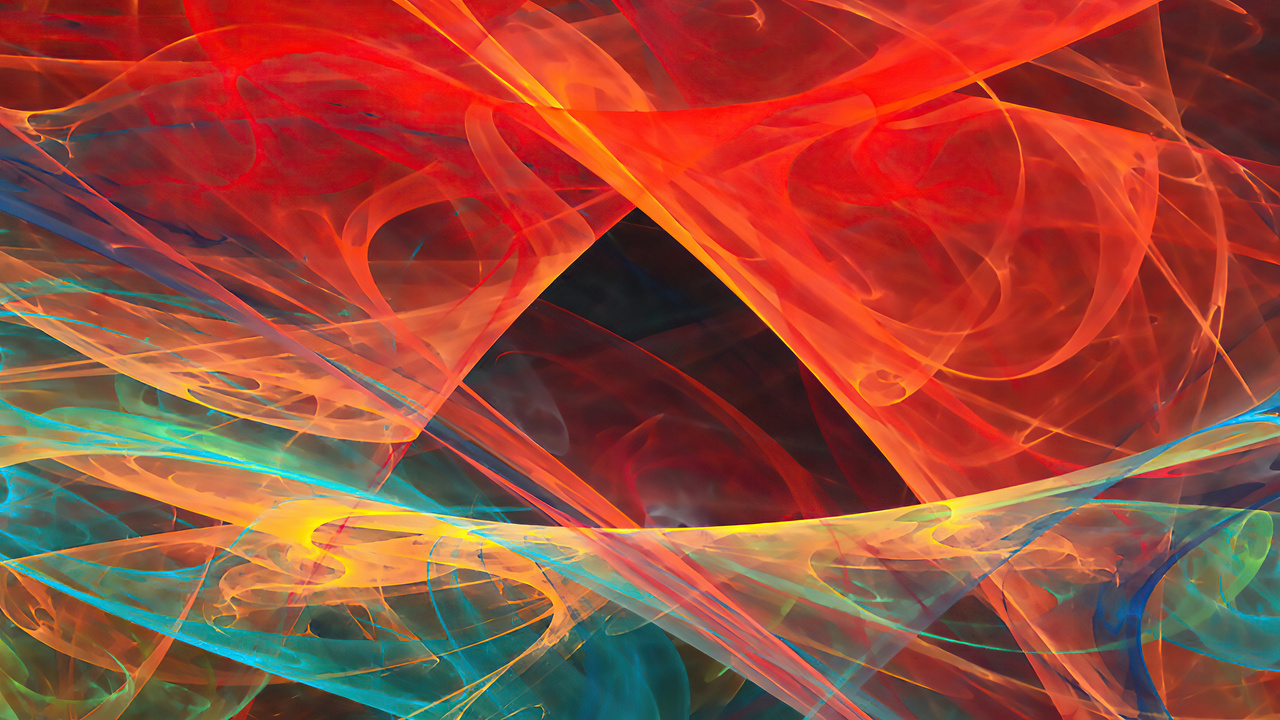

Some ukiyo-e artists specialized in paintings but most of these works were prints. In the 1760s, the success of Suzuki Harunobu's "brocade prints" led to full-colour production becoming standard ten or more blocks were used to create each print. By the 1740s, artists such as Okumura Masanobu used multiple woodblocks to print areas of colour. Colour prints were gradually introduced, and at first were only used for special commissions. The earliest ukiyo-e works, Hishikawa Moronobu's paintings and monochromatic prints of women, were made in the 1670s.

Printed or painted ukiyo-e works were popular with the chōnin class, who had become wealthy enough to afford to decorate their homes with them. The term ukiyo-e ( 浮世絵) translates as "picture of the floating world".Īfter Edo (now Tokyo) became the seat of the ruling Tokugawa shogunate in 1603, the chōnin class of merchants, craftsmen, and workers benefited most from the city's rapid economic growth, and began to indulge in and patronise the entertainment of kabuki theatre, geisha, and courtesans of the pleasure districts the term ukiyo ("floating world") came to describe this hedonistic lifestyle. Its artists produced woodblock prints and paintings of subjects including women kabuki actors and sumo wrestlers scenes from history and folk tales travel scenes and landscapes Japanese flora and fauna and erotica. The Japanese printmaking technique Ukiyo-e flourished in the 17th-to–19th centuries.

It has influenced several notable artists and musicians, including Vincent van Gogh, Claude Debussy, Claude Monet, and Hiroshige. The Great Wave off Kanagawa has been described as "possibly the most reproduced image in the history of all art", as well as being a contender for the "most famous artwork in Japanese history". Several museums throughout the world hold copies of The Great Wave, many of which came from 19th-century private collections of Japanese prints. The composition of The Great Wave is a synthesis of traditional Japanese prints and Western perspective, and earned him immediate success in Japan and later in Europe, where it inspired the Impressionists.
COLORFUL WAVE DESIGN VERTICAL BACKGROUND SERIES
The print is Hokusai's best-known work and the first in his series Thirty-six Views of Mount Fuji, in which the use of Prussian blue revolutionized Japanese prints. The print depicts three boats moving through a storm-tossed sea with a large wave forming a spiral in the centre and Mount Fuji visible in the background. "Under the Wave off Kanagawa") is a woodblock print that was made by Japanese ukiyo-e artist Hokusai, probably in late 1831 during the Edo period of Japanese history. The Great Wave off Kanagawa ( Japanese: 神奈川沖浪裏, Hepburn: Kanagawa-oki Nami Ura, lit.


 0 kommentar(er)
0 kommentar(er)
